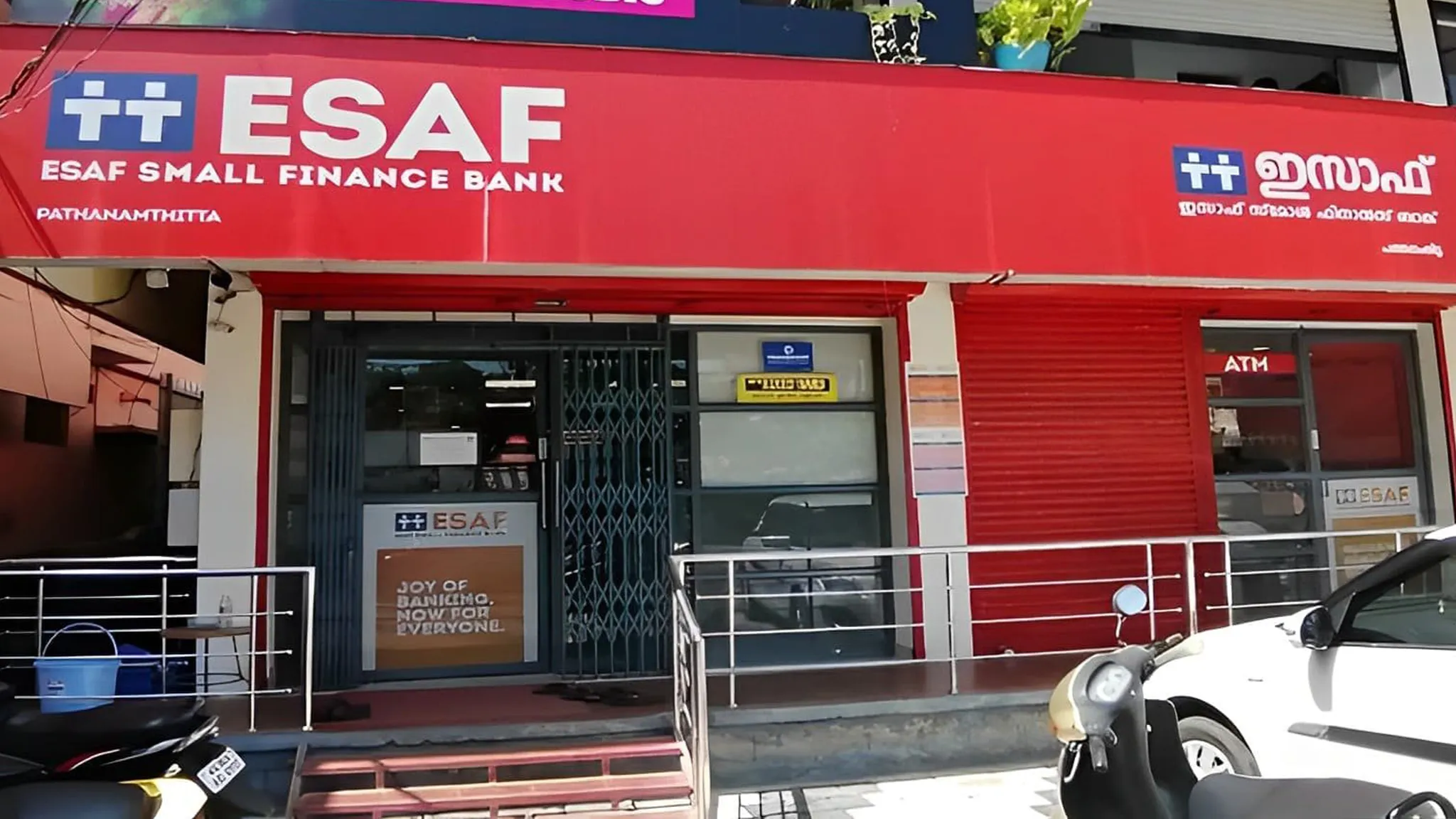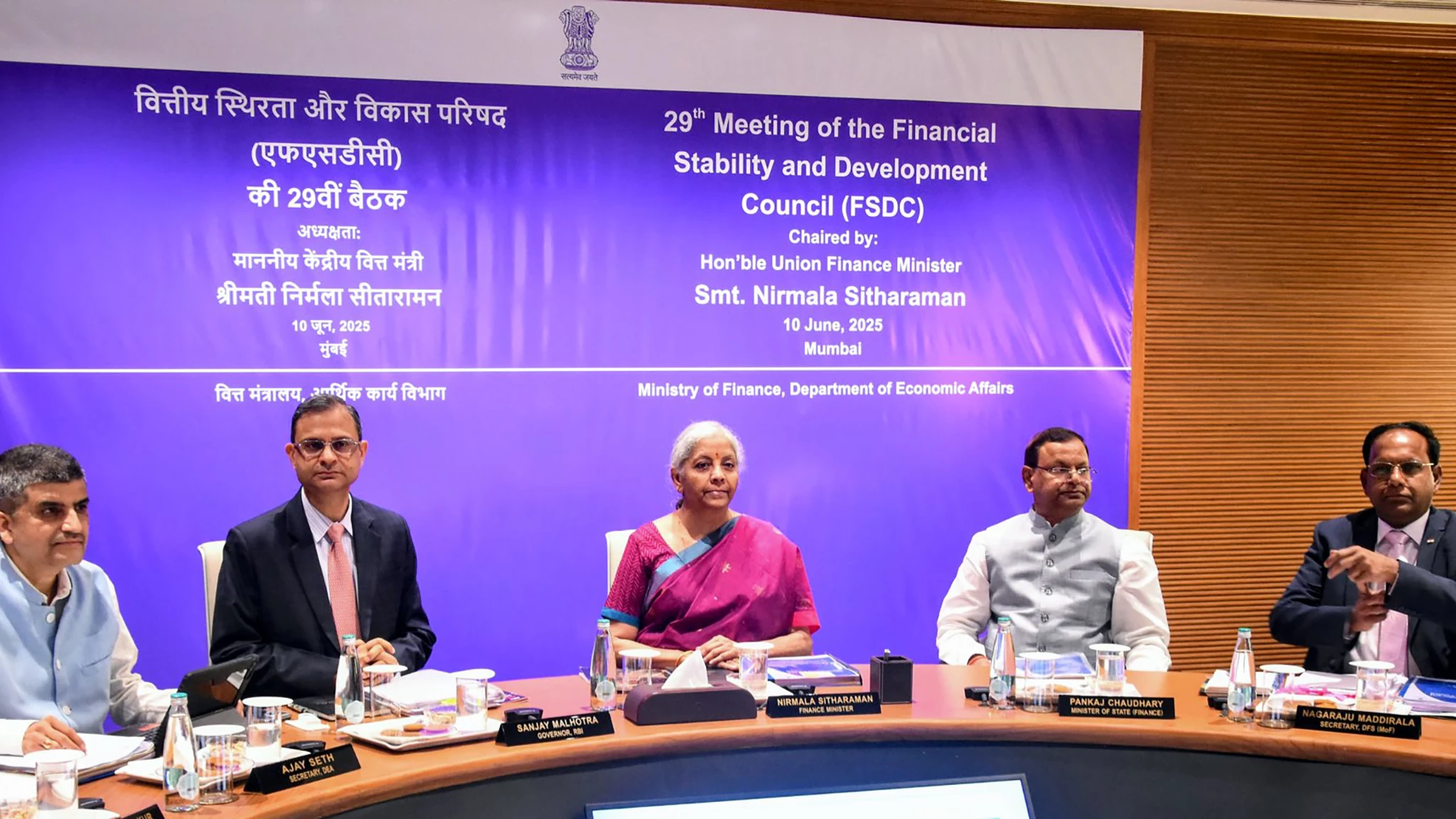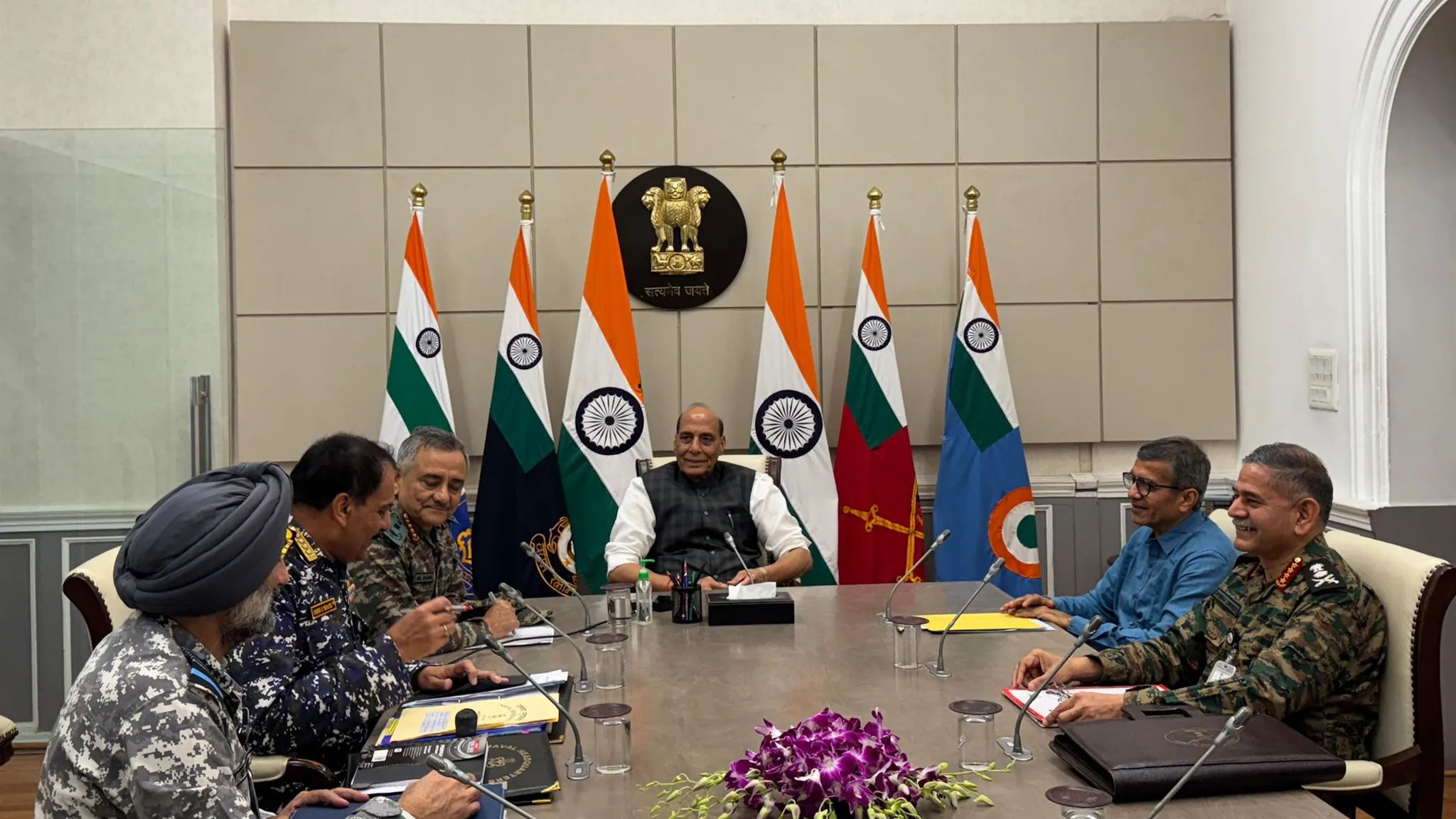Indian financial markets are currently grappling with a double whammy of sorts. On one hand, the banking system is experiencing a liquidity squeeze forcing the Reserve Bank of India (RBI) to step in with measures to ease the pressure. On the other, concerns are mounting about the health of the microfinance sector, highlighted by the asset quality stress at ESAF Small Finance Bank.
Liquidity Dries up in Banking
Over the past week, a confluence of global and domestic factors has pushed banking system liquidity into deficit. A weakening rupee, foreign portfolio investor (FPI) outflows, and a slowdown in government spending have created this situation. The RBI has responded by injecting liquidity through variable repo rate (VRR) auctions, pumping in around Rs 1 lakh crore recently. This intervention suggests the central bank is keen to prevent any undue tightening in financial conditions, especially as the Monetary Policy Committee (MPC) is set to meet next week.
Bond traders speculate that the RBI’s dollar selling to protect the rupee is a key reason for the reduced liquidity. Foreign investors have been selling Indian assets for some time now, citing high valuations and global uncertainties. This outflow further strains the rupee and domestic liquidity. The impact of tight liquidity is already visible in the money markets, with overnight borrowing rates inching above the repo rate. If this situation persists, broader interest rates could start to climb, potentially impacting borrowing costs across the economy.
Microfinance Under Strain
Simultaneously, the microfinance sector is showing signs of stress. ESAF Small Finance Bank, with a significant presence in Kerala and Tamil Nadu, has reported challenges in its microfinance portfolio. ESAF cites over-indebtedness among borrowers, high attrition of field staff, and the lingering impact of the COVID-19 pandemic as reasons for this asset quality pressure. The influx of new microfinance players post-2022 may have contributed to borrowers taking on too much debt. The disruption caused by the pandemic to the traditional microfinance model, which relies on group meetings and joint liability, is also a factor.
ESAF is taking corrective measures, including reducing its microfinance exposure and focusing more on secured lending like gold and agri loans. While these steps are positive, they highlight the broader challenges facing the microfinance sector. Rising delinquencies in microloans are a worrying sign, particularly given the importance of this sector in supporting the rural economy and small businesses.
Interconnected Challenges Ahead
The liquidity situation and the microfinance sector stress are not entirely separate issues. Tight liquidity can increase borrowing costs for all sectors, including microfinance institutions and their borrowers. This could exacerbate the existing stress on asset quality in the microfinance space. While the RBI’s liquidity injections are aimed at easing immediate pressures, the underlying causes – global capital flows and domestic economic vulnerabilities – need closer attention.
Looking ahead, the MPC’s policy decision next week will be crucial. While a rate cut might be desired to boost growth, persistent inflationary pressures and the current market volatility may constrain the RBI’s options. A cautious approach, perhaps maintaining the status quo on rates, seems more likely. For investors and market participants, keeping a close watch on both RBI’s liquidity management actions and the performance of the microfinance sector will be vital in the coming weeks. The interplay of these factors will likely shape market sentiment and direction.
Image Courtesy: X (CNBC-TV18)










Leave a Reply